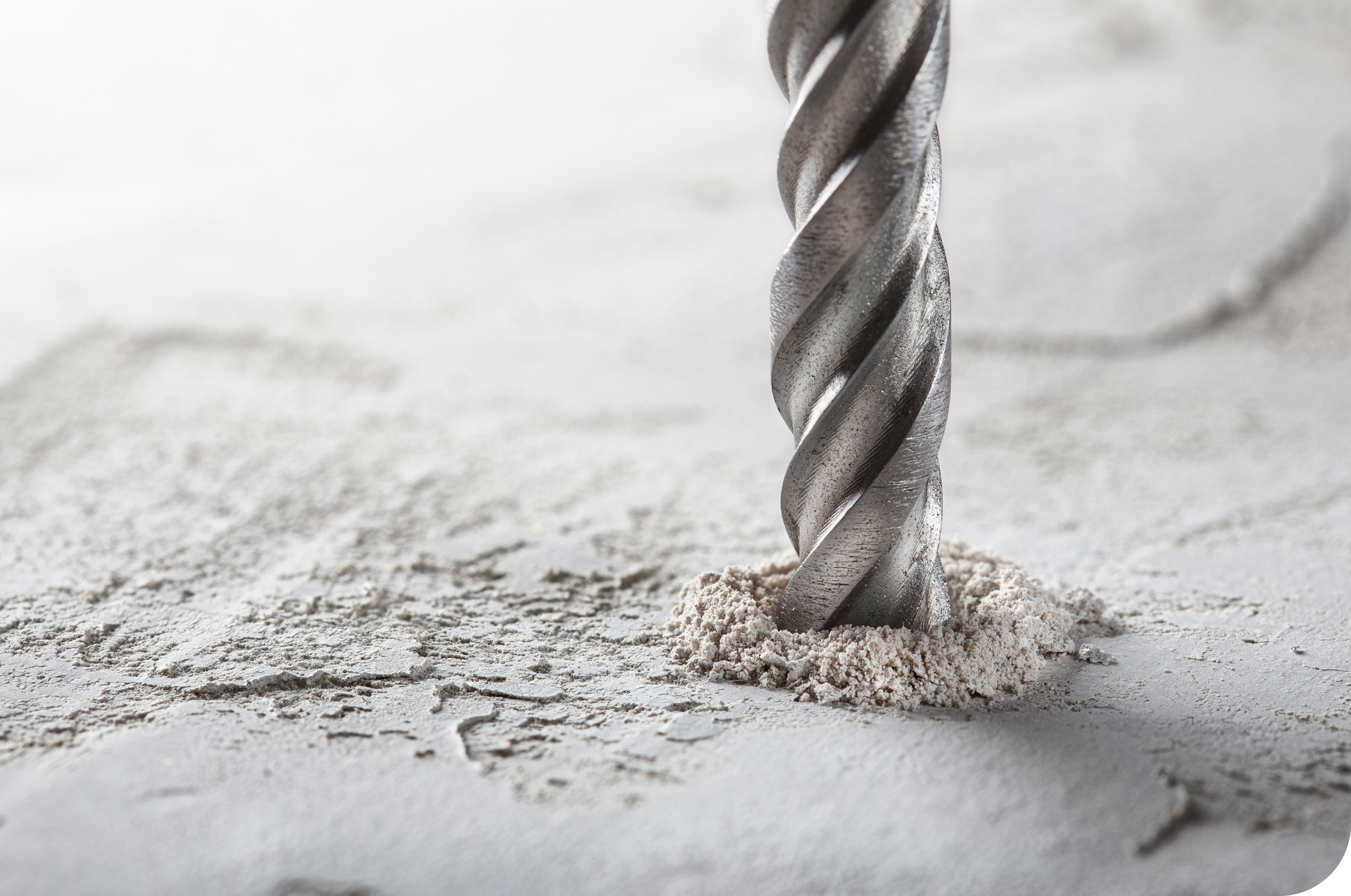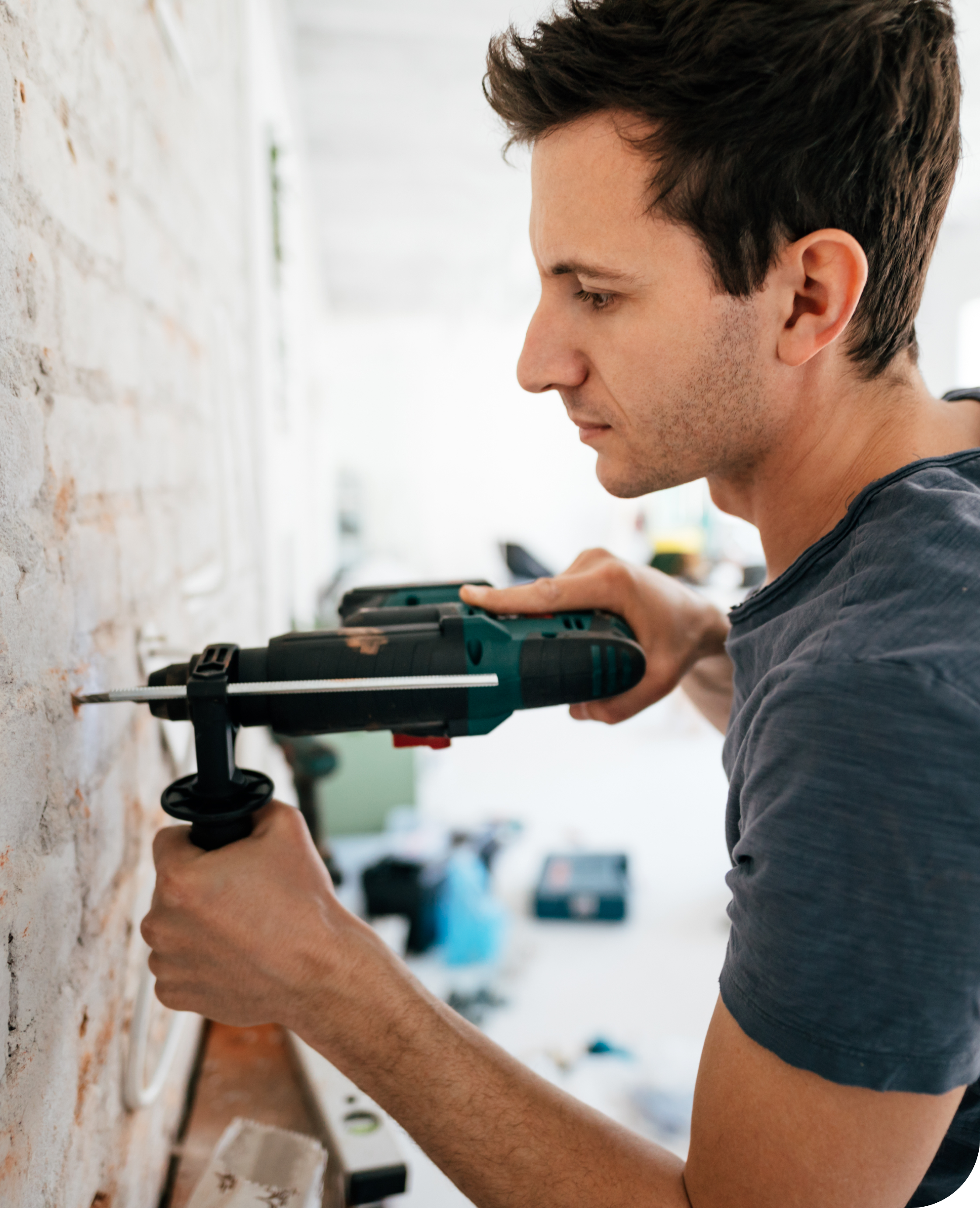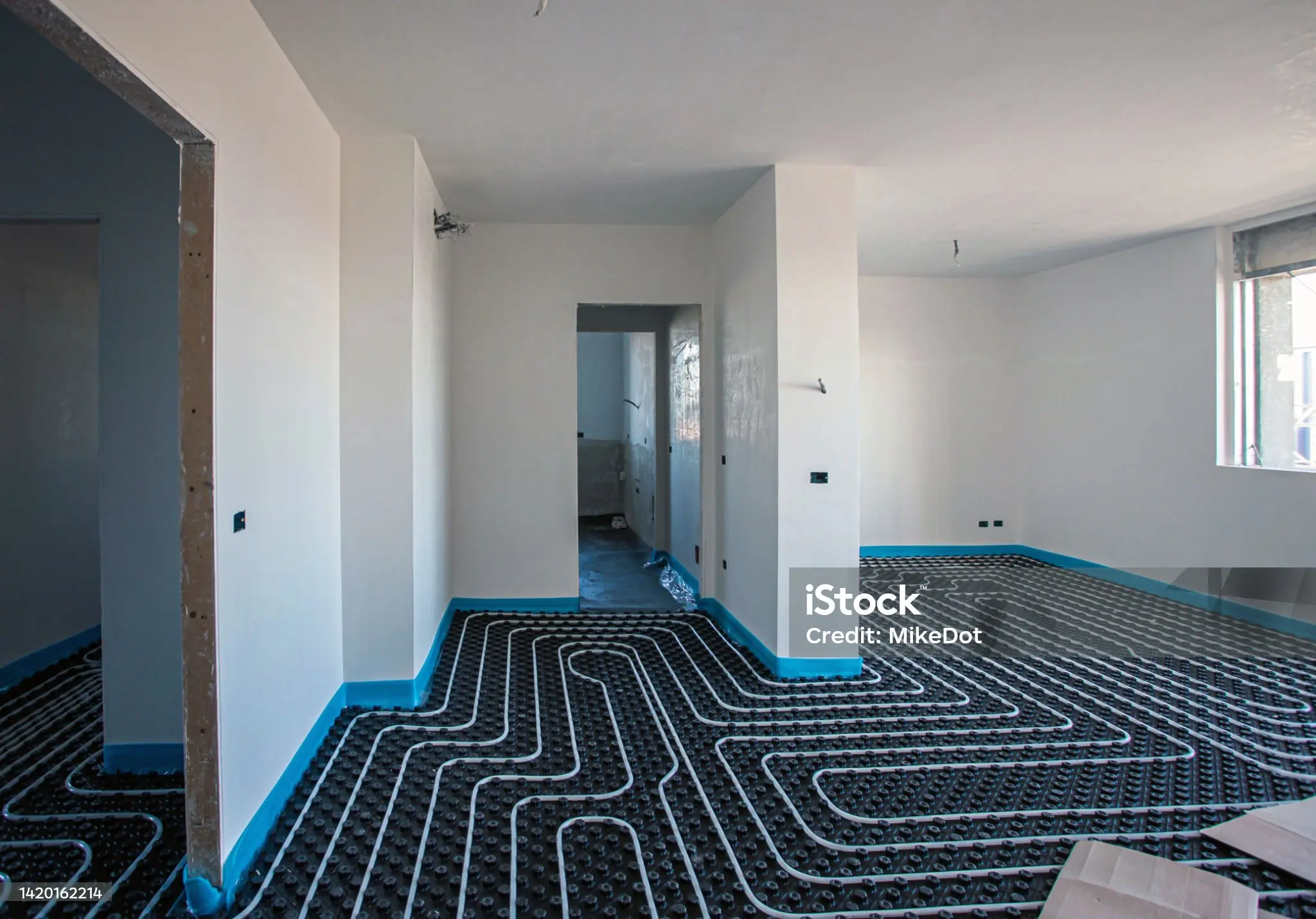How should the new safe be anchored? In our guide, we present three options for fixing the safe and also give you tips on how to fix the safe to different walls and floors or in cabinets.
You will find the following information on this page:

During installation, you will be issued with a declaration of conformity, which certifies that the anchoring is professional and appropriate and may be important for insurance reasons.
We would like to provide you with the following four tips, because you need to take them into account in your planning and thus ensure the security of the safe
Special case: safe anchoring in a rented apartment not on the floor
In a rented apartment, there are usually special requirements regarding installation in walls and on floors. In particular, anchoring in a wooden floor or even parquet flooring could go too far within the scope of the tenancy. However, it is best to clarify this directly with the landlord. As a last alternative, you can always anchor the safe in your personal cupboard.
When fixing the safe, do not drill through it yourself!
In general, all the following safety levels have a defined and type-tested burglary protection against attacks with mechanical and thermal tools. Safety level 0 is the lightest protection, which has an RU of 30/30. This means that it has withstood 30 units (only the testing authority knows how long this is in minutes) until full access was possible.
Think about where the safe is going before you buy it
Where a safe is installed depends on its weight and size. Therefore, if you already have a preference for a particular location, you should definitely discuss this with the specialist at the time of purchase. Safes that are smaller and lighter can be anchored directly in a cabinet.
Do not drill through the safe yourself when fixing it!
In principle, all the following safety levels have a defined and type-tested burglary protection against attacks with mechanical and thermal tools. Safety level 0 is the lightest protection, which has an RU of 30/30. This means that it has withstood 30 units (only the testing authority knows how long this is in minutes) until full access was possible.
The option of anchoring the safe to the wall is available for smaller safes, but also for very large safes. However, you should make sure before buying that the model in question is actually designed to be anchored to the wall.
The safe for the wall: planning the wall safe in good time A wall safe is not only well anchored, but usually also well hidden, provided you choose the right place for it. However, this placement should be thought through early enough, as wall safes are permanently installed in the wall and therefore effectively protect your valuables from burglars. Due to the lack of attack surface, the wall safe can be concealed with a picture. You can therefore plan a niche for the safe before a renovation or new build!
You can find the following information on this page:

Floor anchoring is ideal for new builds or major renovations. A safe that is permanently installed in the floor can drive some burglars crazy, because finding it alone will be a challenge. A floor safe is sunk into the floor and is flush with the ground. It can be elegantly covered with a carpet.
If you have underfloor heating in your home, you will face a small problem when anchoring the safe to the floor: Where do the pipes run? Building documents usually provide information about this. If not, you can help yourself with a thermal foil, for example, which shows where the heat source is located.

In addition to the option of anchoring to the wall, some safes or gun cabinets also or exclusively have an anchoring system for the floor. The type of floor on which the safe is anchored is decisive here. Floor anchoring is usually provided for fire safes. The required material is also supplied here.
When anchoring the floor, it is important that the floor and its subfloor are analyzed in detail: Which screed was used? Is it concrete or wooden boards? In this case too, the concrete floor is once again the number 1 when it comes to stable and sustainable installation
On this page you will find the following information:

